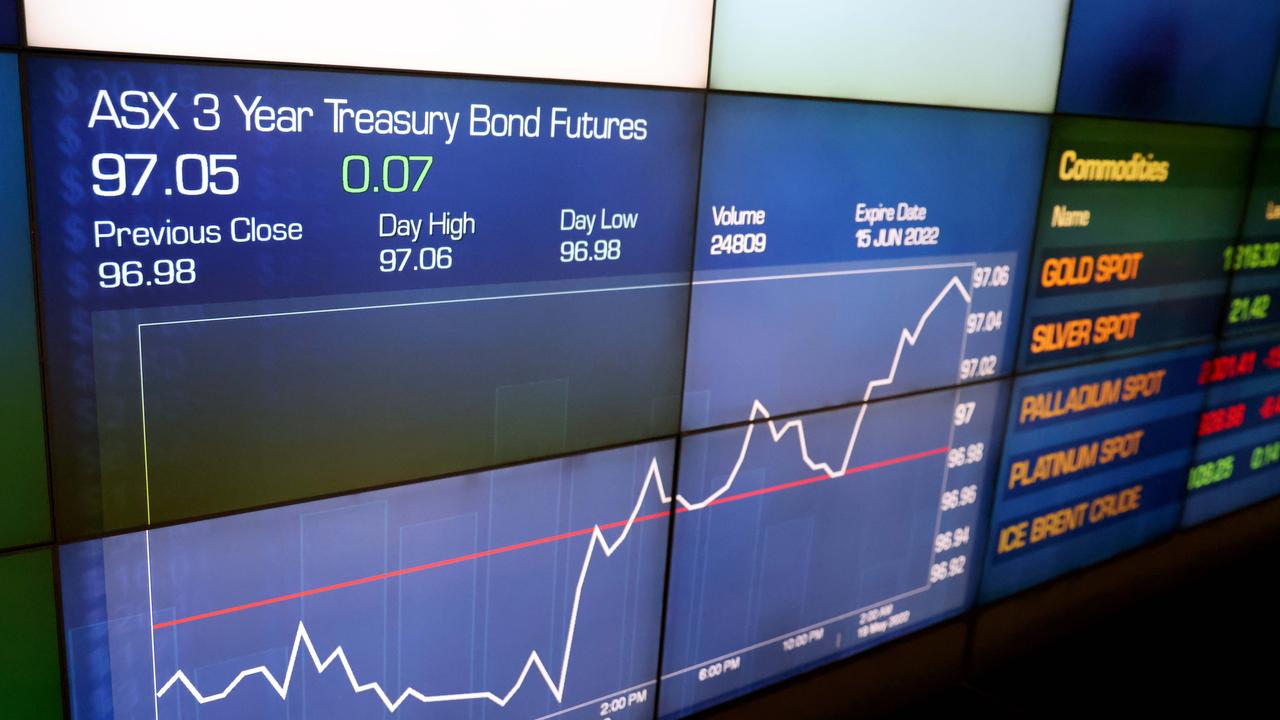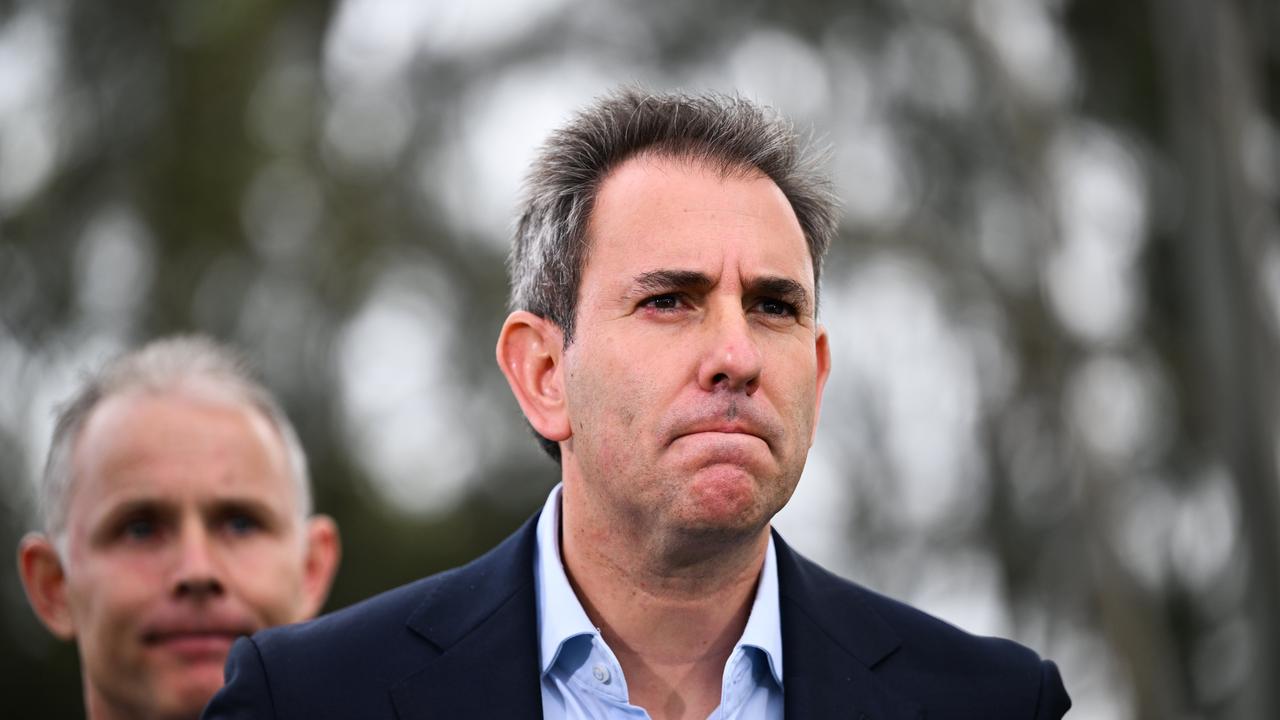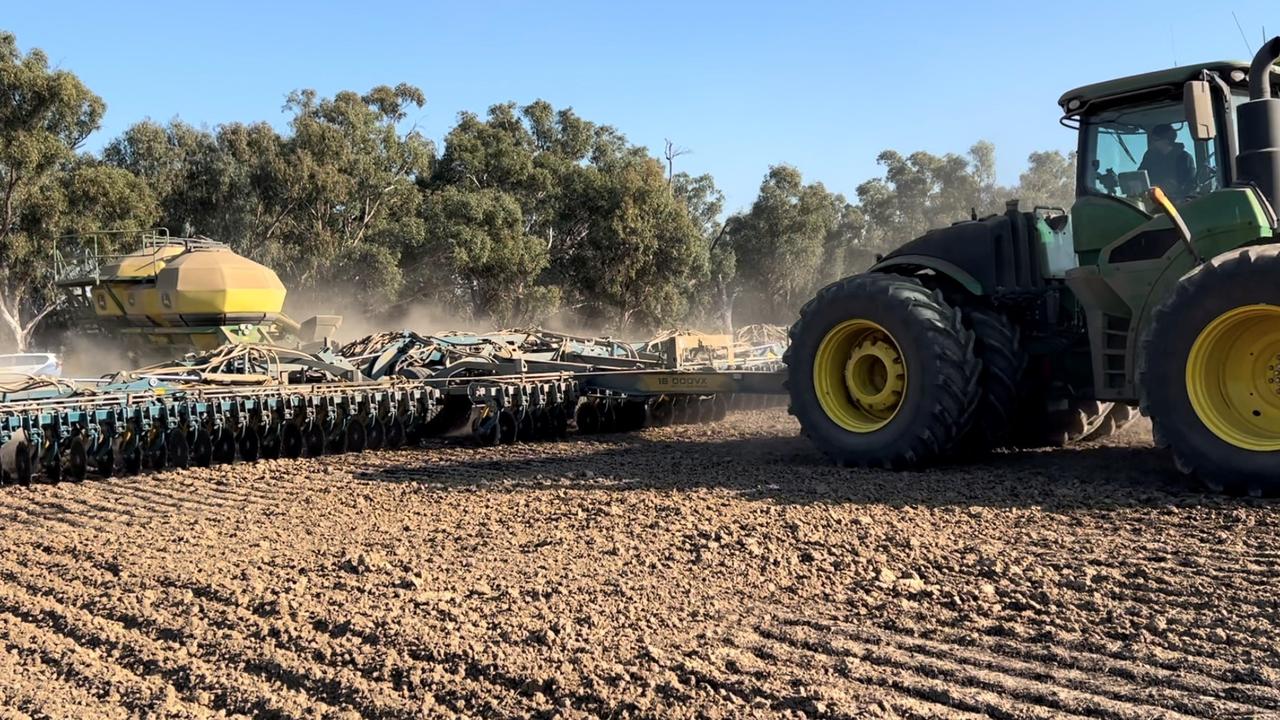Big super funds are on track to deliver returns of more than 9 per cent for the financial year
Surging sharemarkets at home and abroad are underpinning a return to superannuation funds for the year that beats the long-term average.

Business
Don't miss out on the headlines from Business. Followed categories will be added to My News.
Despite the doom and gloom across markets and not to mention wars and political destabilisation, your super fund is going to do very well in the 12 months to June.
We are looking at average returns somewhere around 9 per cent which is a return that is above historical averages and comfortably ahead of inflation.
Even allowing for some last minute wobbles on the share market, the returns should offer great relief to investors. It will be the second year in a row of 9 per cent plus for Australian investors.
The results for 2024 financial year were struck against considerably more difficult circumstances than last year as inflation refused to fade (this week we had an annualised 4 per cent reading on the CPI) and higher rates became a key feature of investment life.
With most funds having a target of beating inflation and then getting somewhere between 1 and 4 per cent on top of that number (depending on the choice of fund taken), the results will allow managers to tell investors they beat their own internal investment hurdles.
Historically, the results are on the upper end of the scale, with super funds returning around 8 per cent per annum since super was made compulsory 32 years ago.
For investors it is also worth noting that for all the attention paid to unlisted investments – especially private credit and private equity – the source of the strong returns in super was very much the sharemarket.
Better still, this year the Australian market looks to have done some of the heavy lifting this time around.
As we head into the last few hours of the financial year the ASX 200 is up around 8 per cent and, with dividends working out at more than 4 per cent, the total return from the Australian sharemarket should be around 12 per cent.
In the US, where dividends are of little concern, the S&P 500 looks like it will bring in total returns of more than 20 per cent.
On Wall Street the driver once again was the major technology firms along with Nvidia – the artificial intelligence chipmaker that is battling with Apple and Microsoft to take the prize as the world’s biggest company by market capitalisation.
At home our sharemarkets returns have been built on more traditional pillars with the Commonwealth Bank acting as the bellwether for the ASX.

As the biggest bank, CBA has been a key factor in the local market upswing. CBA’s share price has managed a knockout performance over the past 12 months – nearly three times stronger than the wider market – and that’s before we add in the fully franked dividends.
As fund manager Dean Fergie of Cyan Investment told The Australian’s Money Puzzle podcast this week, there has been no great change at the bank but rather a change in the perception of its value as a high yielding blue chip stock.
CBA posted a solid 5 per cent improvement in profits in its last annual results but the share price is up about 27 per cent this year.
“It’s looking very good for all super funds this weekend with only hours to go, just be careful with expectations going forward. Almost every single asset category is in positive territory,” Chant West’s Mano Mohankumar says.
With a constant debate over the definitions used by big funds for their super investment options, the reality is that most investors in most funds are still in what would be tagged as “growth” funds in any other jurisdiction.

As you would expect in a very good year for sharemarket investors, growth options such as “all growth” will do best while conservative options will be weakest.
In fact returns could be twice as high for growth funds versus conservative funds. But this is the price investors pay for safety; when the markets fall conservative funds perform relatively well.
One of the few negative areas for investors will be the commercial property market.
Mirvac, one of the big players in the office sector, recently sold two office towers at a 20 per cent discount to their peak values. Again though Mirvac represents just one stock on a sector but it typifies the struggles in property just as CBA signals the buoyancy of bank stocks.
While many investors will be pleased with their returns, some in the market believe the big funds could have done ever better – especially if they did less stockpicking and depended more on index funds.
According Stockspot chief executive Chris Brycki: “Growth super funds have seen returns ranging from 9 to 10 per cent over the financial year when indexed growth super funds returned 14 to 15 per cent. That's a difference of 4 to 5 per cent.
“If your fund returns less than 10 per cent this year it is important to ask: Are the fees too high?”
After the backwards steps of 2020, two consecutive years of 9 per cent returns in super is a very good spell indeed. Just don’t expect it every year.
James Kirby hosts the twice-weekly Money Puzzle podcast.
More Coverage
Originally published as Big super funds are on track to deliver returns of more than 9 per cent for the financial year









